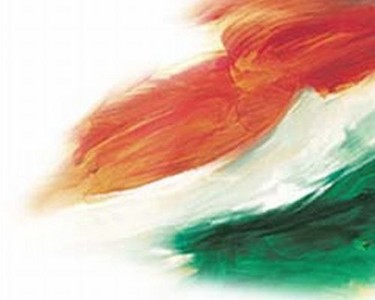Sunday, March 4, 2012
A Short History of How the Phone Got Smart
A Short History of How the Phone Got Smart
Full name reads IBM Simon Personal Communicator, the world's first smart phone. (No, it wasn't a BlackBerry after all) Simon is a mobile phone, pager, fax machine and PDA rolled into one. Wondering about apps? Check out the features list: calendar, address book, world clock, calculator, note pad, e-mail, and games.
1996 - Nokia Communicator:
And the full QWERTY keyboard comes to the phone. It flips open like a wide pencil box (called clamshell design), runs on GEOS V3.0 operating system and allows text-based web browsing. Follow ups: Nokia 9110 and Nokia 9110i.
1997 - GS88:
Much like the Communicator series, the Ericsson device finds a place in history mostly because of the brochure writers: the first time a company calls such stuff "smartphones"
1999 - Kyocera VP-210:
The world's first phone with a built-in camera comes from Japan, a company called Kyrocera. It is meant for face-to-face communication so the lens is on the front of the camera. You can't see the click button if you focus it on anything but yourself.
2000 - Symbian & Ericsson T36
The hardware of the device, Ericsson's R380, isn't much to talk about. But it is the first phone loaded with Symbian, the operating system that rules the smartphone world for years to come. Another key innovation: compact and small design. It puts in an in-built Bluetooth and every smartphone worth its money has to have one.
2001 - Kyocera 6035:
The first smart phone to be used widely in the US. The 6035 combines a PDA and a wireless phone services and runs on the Verizon Wireless network.
2002 - BlackBerry 5810:
Research in Motion finally gets it right. Two-way pagers give way to a convergent device with the all important push email: one click and all your office communication is at your finger tips. Big hit with senior management world wide.
2007 - iPhone & Android
First multi-touch smartphone that changes the category altogether. Sleek design with a single home button, users type into the screen. The mysteriously-captioned OS X is a huge hit. A Linux-based operating system Google bought in 2005 comes out with the first Android-phone: HTC Dream. The open-source system eventually powers Samsung, Motorola, LG and other brands. Biggest threat to iOS. Five years on, daily activations hit 5 million.
2008 - App Store
And phones change forever. Third-party apps make smart phones more versatile than ever imagined. Apple launches software development kits to help developers embed free and paid apps on the iOS.
2011 - Nokia Lumia
Nokia and Windows alliance produces the first smartphone: Lumia 710, and 800 powered by the Windows Phone OS. Fails to become game changer in smartphone market.
Subscribe to:
Post Comments (Atom)

No comments:
Post a Comment